by bria4123 on April 4, 2012
OK, here’s an Indiana Jones shot which people expect when whey explore Ta Prohm and Preah Khan. Now let’s appreciate them more deeply.
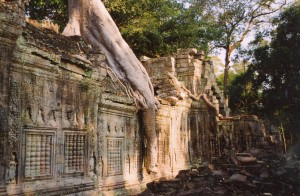
This picture shows one of the walls that encloses Preah Khan’s inner sanctuary, where you can discover some of the inner meanings of one of the greatest Khmer temples. [click to continue…]
by bria4123 on April 3, 2012
Khmer architects had a keen sense of drama, but you have to linger at the temples for a while to fully appreciate it.
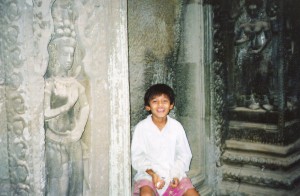
Ta Prohm and Preah Khan are two of the best monuments where you can immerse yourself in Angkor’s heyday. We’ll explore some of the ideas that went into them. [click to continue…]
by bria4123 on April 2, 2012
While exploring the ancient Khmer monuments at Angkor, I had many encounters with modern Cambodians.
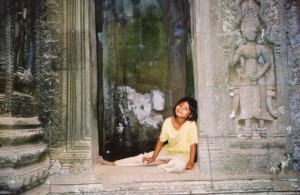
The temple complexes of Ta Prohm and Preah Khan sprawl over much of the earth, so you can meet many locals there. I found lots of dramatic contrasts between traumas from the Khmer Rouge days, and hopes for a brighter future. I had a lot of full days in Cambodia. [click to continue…]
by bria4123 on April 2, 2012
OK, I’m back on the flight path that I promised. We were beginning to compare the greatest works of Khmer and medieval European Gothic architecture because they emerged at the same time, and thus form a cool cultural comparison.
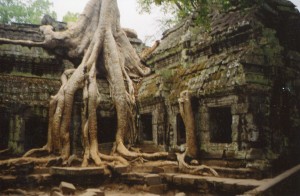
Ta Prohm (pictured above with roots wrapping around it like giant pythons) sure doesn’t look like a Gothic cathedral. Both were built to embody its culture’s view of the universe. We’ll enter the more exotic building in this post. Watch your step. [click to continue…]
by bria4123 on April 1, 2012
I recently published a post about how Southeast Asia’s ancient cultural heritage shaped Islamic architecture in Southeast Asia. But the influence has gone both ways.
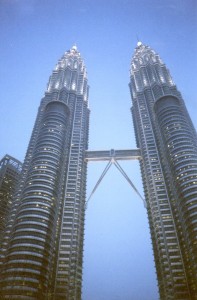
And both culture’s are so rich that their fusions create an endless banquet table. Come and pig out with me. [click to continue…]
by bria4123 on April 1, 2012
It doesn’t look like much on the surface. But–
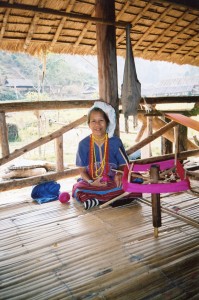
the traditional Southeast Asian home raised on stilts is one of the world’s most wide-spread cultural patterns. It helped shape people’s thinking throughout the region, and being in one is a deep experience which I still long for. [click to continue…]
by bria4123 on April 1, 2012
Yeah, I said that I’d be comparing Gothic and Khmer art over the next few days, and that there would be flights to some other places in between.
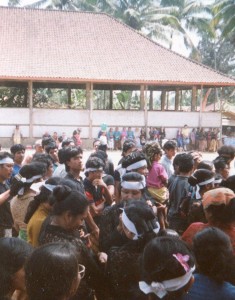
I decided to do a post or two on Islam in Southeast Asia, and the memories of my immersions in the rich cultural crossroads have stoked me into doing a couple more posts before I get back on the original flight path. The above photo takes us to Bali, and there’s a connection with Islam because Islamic architecture in Southeast Asia has many roots that make up a cultural feast. [click to continue…]
by bria4123 on March 31, 2012
The spread of Islam in Southeast Asia has always intrigued me. How could a religion whose basic tenets are so absolute (There is no god but God) have spread in a region where reality is as pluralistic as a big bowl of fish soup?
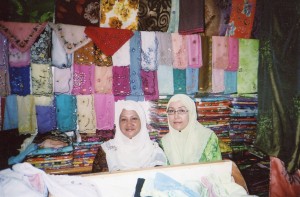
Yet Indonesia is the world’s most populous Islamic country, and more Muslims live in South Asia than in the Middle East. The message and the monsoon (the title of a beautiful book on Southeast Asian Islamic art) have formed a great meeting of cultures. [click to continue…]
by bria4123 on March 30, 2012
And there’s no hospitality like Malay hospitality. I met these aspiring rockers in the central bazaar in Kota Bharu, Malaysia.
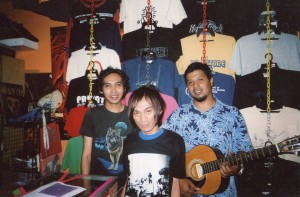
I stopped to hear one of them play that guitar. They noticed me, and I excused myself by saying that I play too. He handed it to me and offered his seat. [click to continue…]
by bria4123 on March 29, 2012
I promised you some unexpected flights between our explorations of Gothic cathedrals and Khmer architecture at Angkor Thom. Both emerged at the same time, so exploring both is real cool. But let’s get even cooler.
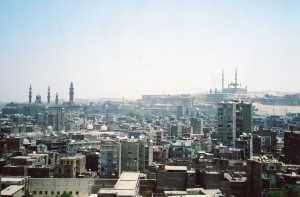
The skyline in the above photo is Cairo’s, which I took from the Ibn Tulun mosque’s minaret. We can enter this mysterious landscape, and see a key way that the Islamic world differs from the West. [click to continue…]










